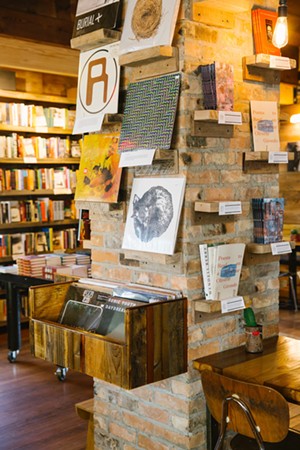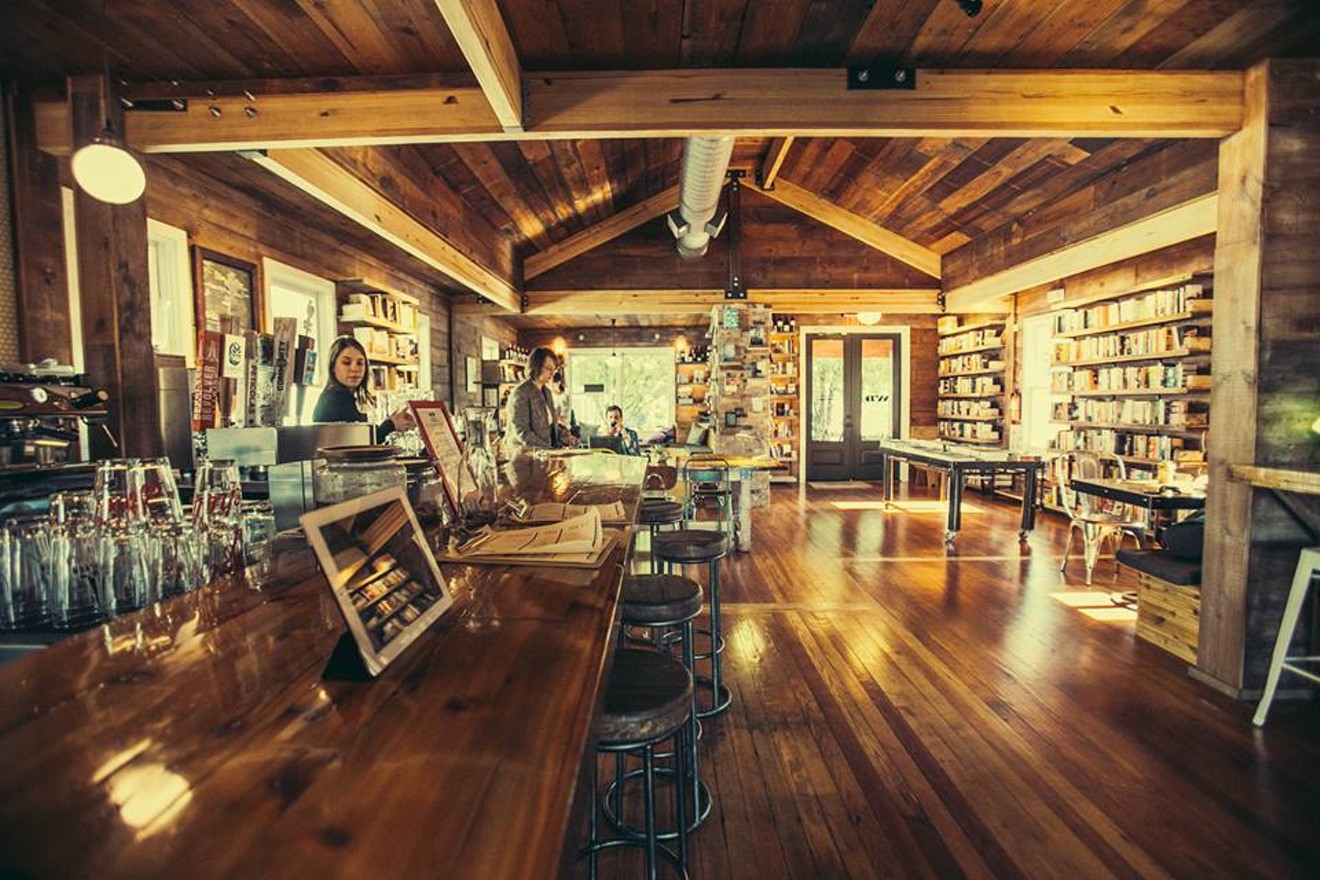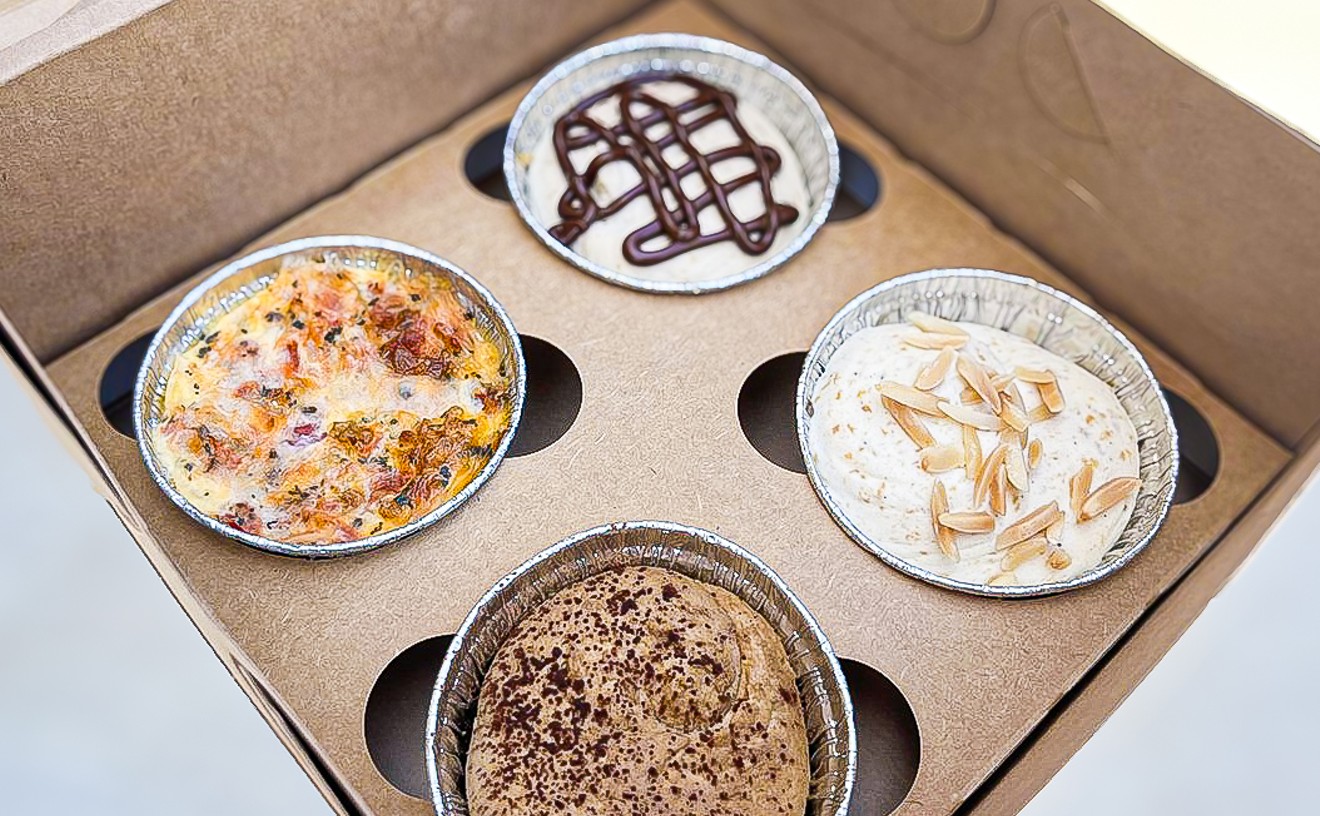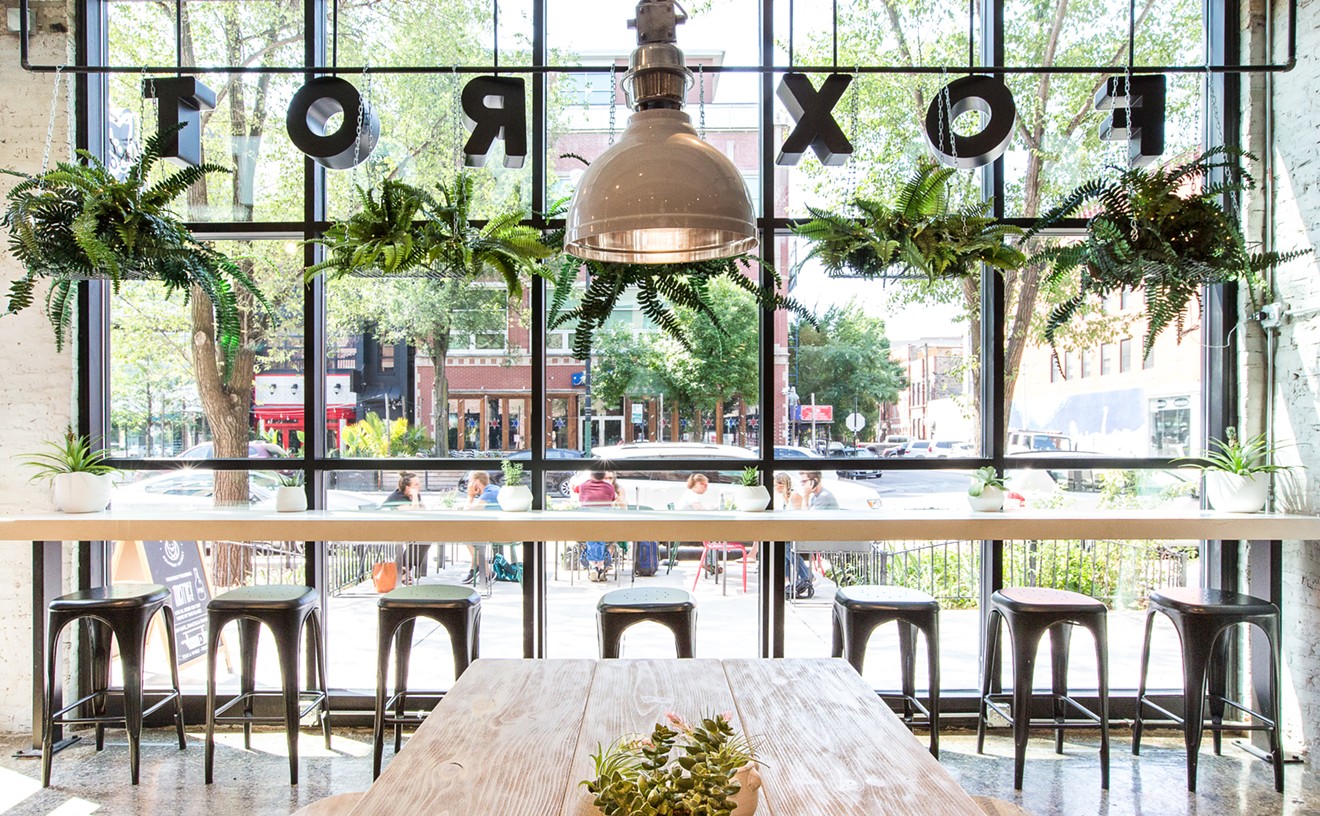“I never wanted to be a home inspector,” Buckner admits. “I just wanted to know what the codes were so that I could manage jobs more effectively.”
This inquisitive nature is typical of Buckner, the founder and owner or Stash Design, a Dallas-based design and manufacturing firm. Buckner is equal parts engineer, designer and artist – and probably some level of hoarder – and through his company, he champions his passion for sustainability and upcycling, the practice of creating higher-quality objects from reused materials.
In 2005 Buckner was in Austin, having just earned a history degree with a minor in business from the University of Texas, and he was looking for work. Through his odd jobs – some more odd than others, like the time he got a Craigslist gig building a tree house – he started working with an old furniture builder who mentored him in the art of reclaiming and upcycling. Shortly thereafter, Buckner found himself back in Dallas, but the bug to build remained.
In 2011, after a few collaborative projects in the Bishop Arts area, Buckner landed the opportunity to work on the Bar Belmont. He teamed up with designer Marissa Dukowitz to create Stash Design. Dukowitz later left to pursue other endeavors, but after the Bar Belmont job, Stash continued to snag high-profile jobs in the Dallas restaurant industry: Oddfellows, Davis Street Espresso, the Wild Detectives, Cultivar Coffee’s Oak Cliff location. With these build-outs, Buckner and Stash have undeniably affected the cafe aesthetic in Dallas, and he did it with sustainability in mind.
“All of those concepts are in older buildings with industrial elements in the construction,” he says. “Because my medium is reclaimed wood and metal, the style of furniture tends to be rustic or industrial.”
When it comes to the Stash aesthetic, he’s quick to point out that it’s not his vision alone.“The more obstacles you have, the more creative you have to be to get around those obstacles.”
tweet this
“It is always a collaboration,” he says. “I think it is very important to listen to my client’s vision for a concept and brand. This helps me develop the style to match.”
Collaborating intensely helps give each space a unique feel, but it's not always easy.
“I get bored with styles and want to branch out all the time,” he says. “It is something that is important to me and the development of my business. I want to be the trendsetter, but many times, it’s hard to convince clients to try something new.”
One thing Buckner has learned about being a trendsetter: There’s a danger of becoming pigeonholed creatively.
“I am definitely typecast,” Buckner says. “I have found that most of my business is based on what people see and hear about, and restaurants get a lot of traffic. Most people only see a small fraction of what we can do.”
Restaurant work certainly gives Stash a lot of visibility, but it also affords Buckner with one of his biggest challenges: balancing his penchant for creative design within the context of tight start-up budgets and restrictive city codes.

Stash Design kept the original chimney in tact at Wild Detectives and turned it into a display for books and records. The interior walls are made of shiplap original to the 1940s bungalow.
Courtesy of Stash Design
Though some of the company’s most visible work can be seen at places such as Toasted, Dallas Grilled Cheese Co. and Cultivar, restaurants aren’t Buckner’s intentional focus, he says. But they do provide a perfect market for Stash’s brand of function art — and account for about 60 percent of Stash Design’s clientele, which also includes retail outlets and offices. Stash is currently remodeling the high-profile Tyler Station, a 125,000-square-foot manufacturing and co-working space that will be home to artists, makers, the forthcoming Oak Cliff Brewing Co. and Stash itself, which is an anchor tenant.
These new digs provide the Stash crew with much more space for their vast collection — or stash, rather — of tools and other odds and ends, ranging from antique trucks to vintage typewriters to entire trees cut into slabs for tables and bar tops. Bucker can find treasure in just about anything. In one room of their Tyler Station facility, there are shelves filled with repurposed curiosities like lamps made from old bicycles and cow skulls filled with screws, like a sort of Southwestern rendition of Pinhead in Hellraiser.
For Buckner, his art is about more than just reusing old junk because it’s cool looking; it’s an exercise in sustainability and an attempt to encourage people to fix and reuse things rather than throwing them out.
“Anything I see, I want to make it better,” Buckner says. “I have always had the desire to use my hands and create things. I gravitate toward older items with history or a story. When I find old things and trash, I tend to try to think of what I could build out of it, using the object as a piece of the puzzle to build something; taking an object out of the trash and giving it a second use, adding value to something that seems to have no value.”

This communal table, a focal point at Davis Street Espresso, is made from repurposed fence board, with legs made from old water pipe and rebar. The flywheels at the bottom are sourced from Butch’s Transmission. Out back, Stash converted an old transit bus found in McGregor, Texas, into a quaint covered seating area.
Courtesy of Stash Design
“I built my shop one tool at a time. It has been a constant learning process and many friends and family have helped along the way,” he says. “Forming this type of creative business was not something they taught me at UT, it’s just something I have had to figure out. Many mistakes have led to many lessons learned.”












